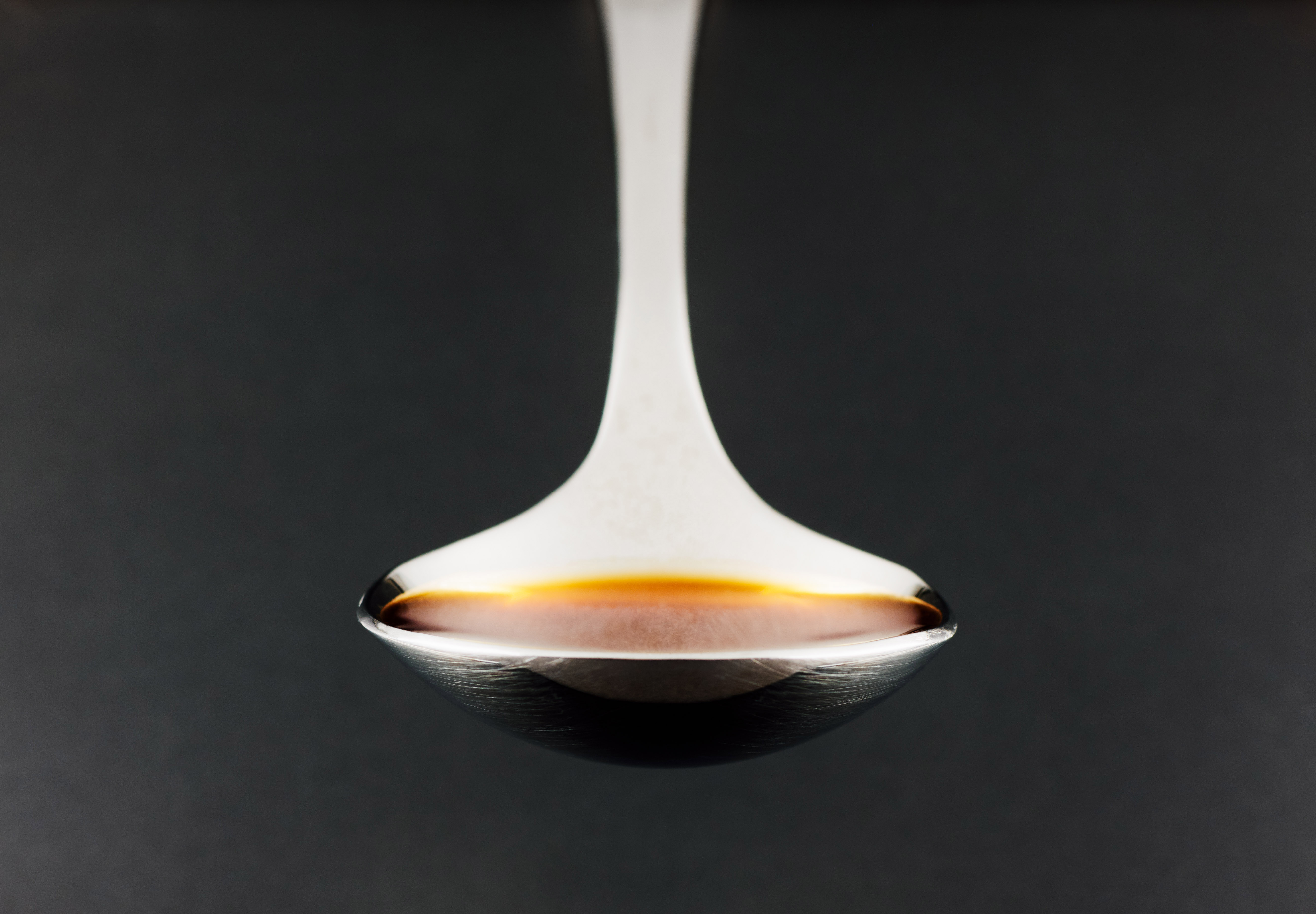The acidity of coffee beverages is very susceptible to the buffering effect induced by our own saliva. Research by Christensen et al. (1987) was carried out on a large survey group, and the pH of each participant’s saliva was measured before and after tasting solutions of citric and acetic acid. The tasters were given 4-ml and 20-ml samples to try. The researchers recorded the pH of each sample being tested as well as the perceived sourness reported by each participant. The 4-ml sample sizes were reported to be much less sour than the 20-ml samples. The change in the pH of 4ml volumes increased quite dramatically from an acidic pH of 4.8 of the original sample, up to a relatively neutral pH of 6.5 after the solution came in contact with saliva.
When the same test was performed with sucrose solutions, no difference was reported between the perceived sweetness of each sample size. The researchers concluded therefore that the main driver of this change in perception is the buffering capacity in saliva.
In the Science of Quality, R. Cappuccio references this study in relation to espresso tasting. He advisers tasters to consume at least 10 ml to 15 ml of espresso with each sip to avoid the buffering effects.
‘A sip of some 10–15 ml of coffee should be taken. Salivary-induced changes in pH of sour taste stimuli affect taste perception, and therefore smaller volumes of espresso would be perceived as less sour than larger volumes. Saliva induces an increase of solution pH, and a small quantity (4 ml) can be totally buffered by saliva, thus distorting the perception of acidity.’ (R. Cappuccio, 2005)
One surprising discovery from the Christensen et al. (1987) research was that tasters who elected to swill samples in their mouths when tasting produced 25% more saliva than those who simply held the liquid still in their mouths. It was also observed that there was a very large variation between subjects in how much saliva they produced.
